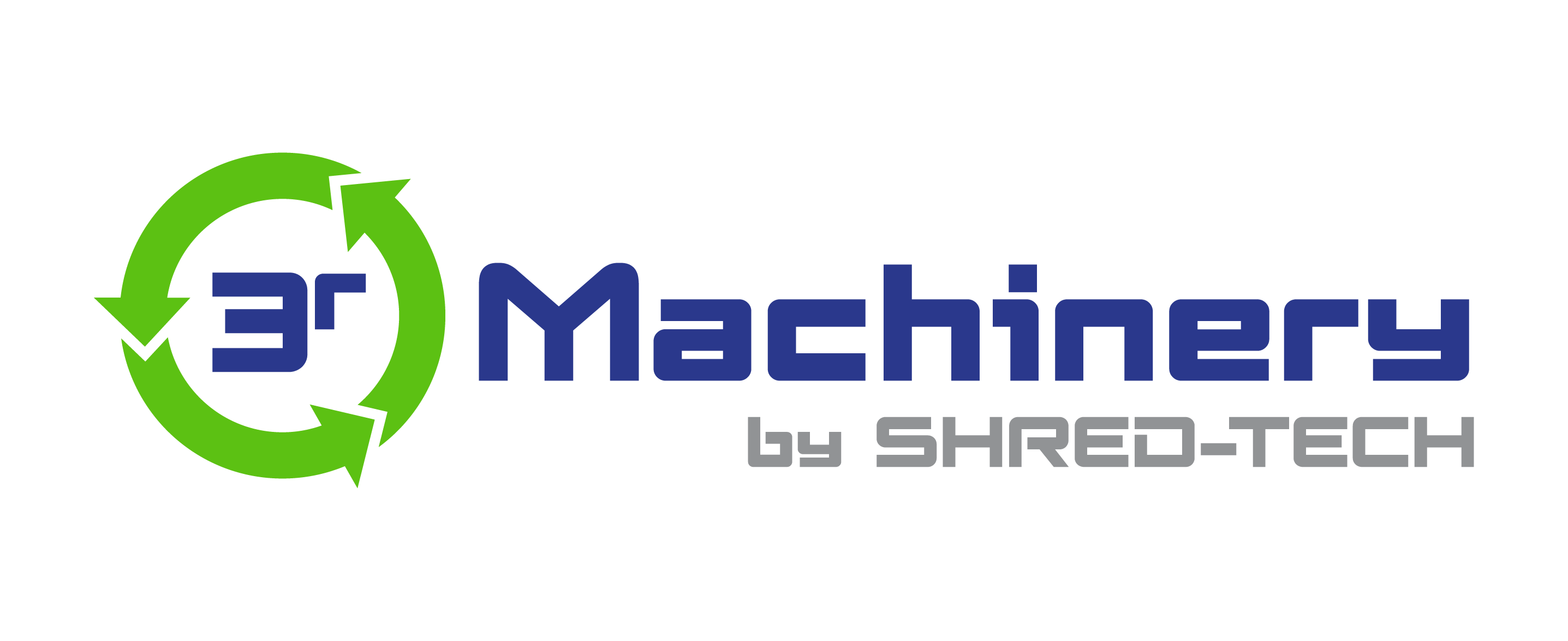The energy industry often works with a range of heavy-duty machinery and equipment, such as windmill blades and solar panels. This equipment is composed of a variety of components, and like any machine, these components are not built to last forever. Defective parts, old parts, and parts that have reached their end of life need to be properly disposed of in order to prevent them from rotting away in landfills. Just like how renewable energy works to eliminate waste, an energy equipment shredder works to ensure that these components are properly processed for the next step in the recycling process, leaving nothing left to waste away. Many components, such as solar panels, are manufactured using a complex variety of many different types of materials. In order to properly dispose of them, the shredder needs to be versatile enough to handle variety. These slow-speed shredders are an industry standard when it comes to pre-processing wide assortments of materials in bulk. These heavy-duty machines are essential when it comes to shredding through solid metals and tearing down components into the necessary shred size.
Slow-Speed Shredders for Energy Industry
The slow-speed shredders are the ideal solution when it comes to effectively shredding down each material within energy equipment and their components. They provide unparalleled strength and superior biting force, giving them the ability to dig right into the solid material and tear it down into a much more manageable shred size. With their strength, the shredder machines can eat their way through silicon, aluminum, or synthetic material. This is essential for preparing energy equipment components for the next step in the recycling process. The shredders are available with a variety of knives, counter knives, and sieves, allowing operators to configure the machines to best suit their specific requirements. Additionally, the shredders are equipped with solid and reliable tracked chassis, which means that they can be transported anywhere on the jobsite, bringing another level of versatility to the job.
 US Dollars
US Dollars

